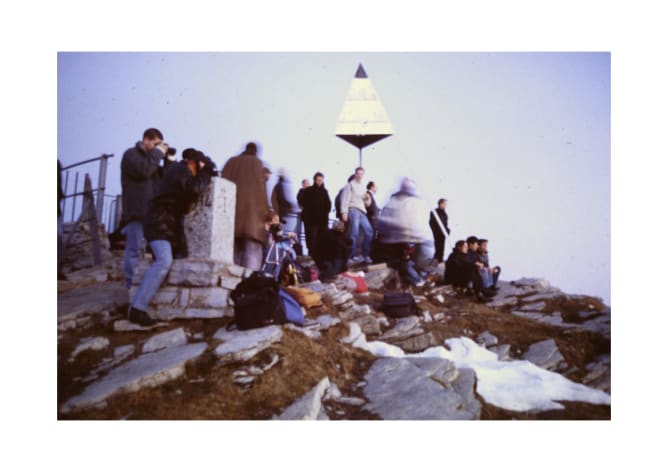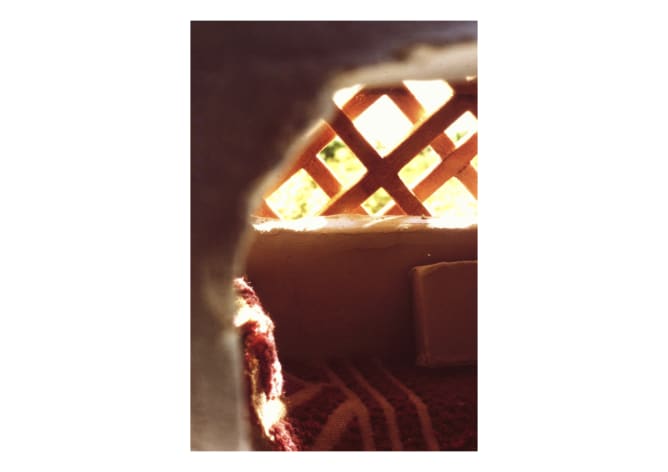Zumthor in Mendrisio
In the summer of 1996, the newly created Accademia di Architettura di Mendrisio invited Peter Zumthor to be the professor in charge of one of its first three design studios. Born as part of the Università della Svizzera Italiana - Switzerland’s first Italian-speaking University - the Accademia managed to generate a free space where teachers were granted absolute autonomy.
For Zumthor, such an environment offered the opportunity to create a unique educational project: a design studio spanning three years - 1996-97, 1997-98 and 1998-99 - and aimed at teaching first-year students the ’foundations of composition’. Based on a sequence of 19 exercises, Zumthor’s ’Primo Anno’ applied an instrumentality not usually found in architecture schools and was designed as an experiment - meaning that its didactic structure was conceived as an open hypothesis, something that lent exercises a creative, inventive and reflexive character.
Precisely due to the experimental nature of the studio, Zumthor and his assistants undertook the task of building a meticulous archive registering all its activities. As an instrument of critical reflection, the archive contained not only the record of student’s works, but also assessments and the critical analysis on the exercise’s effectiveness.
For a number of reasons, this archive was forgotten and kept inaccessible for almost 30 years.
While working on my doctoral research, which I conducted from 2018 to 2021, I happened to find Zumthor’s archive in Mendrisio - a rediscovery that shed light on a seminal event which not only reveals the thinking of one of the most relevant architects of our time, but also helped shape the identity of the Accademia itself.
Building on that research, I have been developing a book project that aims to communicate this remarkable and so far unknown material to a broader audience.
The Book
Centered around the events of Zumthor’s Primo Anno from 1996 to 1999, the book is based on two main documentations.
The first one is the archive itself, consisting of three types of media. In paper form it contains letters, the assessment of student’s works and the critical analysis of exercises, as well as handwritten notes and sketches. In the form of analogue slides, it contains over 4.000 photographs recording the outcomes of each exercise, as well as critiques and events. In the form of models, only a few remnants are still to be found, as almost all physical objects were lost over time.
The second documentation is the oral history of interviews conducted by me along the research. The reports of Zumthor’s former students, assistants and colleagues offer a unique contribution to the accurate understanding of his design studio.
As part of the book’s concept, both archive and interviews are presented to readers with no intermediate. Positioned between these documentations, narrative chapters act as a guiding thread to articulate the overall argumentation.
The book’s conclusion is made by an interview with Peter Zumthor recorded in the spring of 2024 in his atelier in Haldenstein.
We need your support!
In collaboration with Quart Verlag (Lucerne), the book will be published in two editions—one in English and one in German—with around 250 pages. The final retail price will be approximately CHF 85.
The total cost of the project, including the digitalization of the archive, proofreading, translation, book design and printing, amounts to over CHF 45.000. As is often the case with editorial projects of this kind, these costs cannot be covered by the publisher alone.
Thanks to the generous support of foundations, professional associations, and sponsors, we have already secured about half of the required budget. To cover the remaining half and make the book possible, we need your support!
Please consider contributing to our book project at the level that suits you best. We’ve prepared some wonderful rewards, and it would be a great pleasure to have you on board!

























